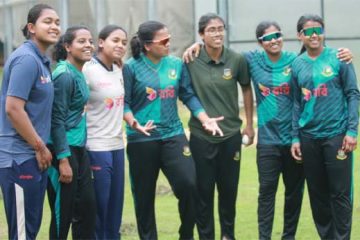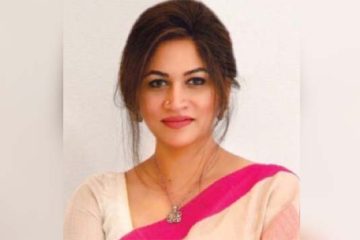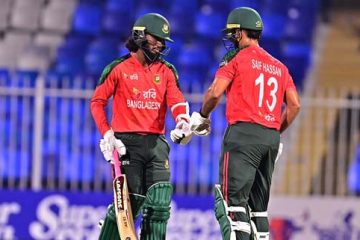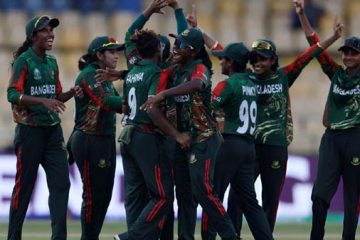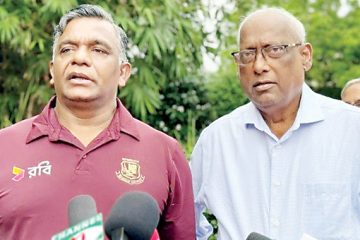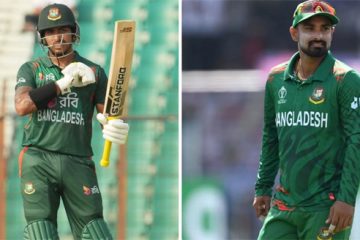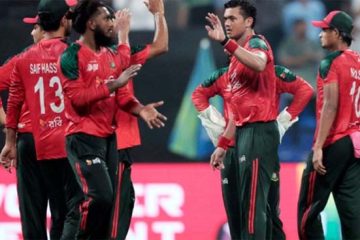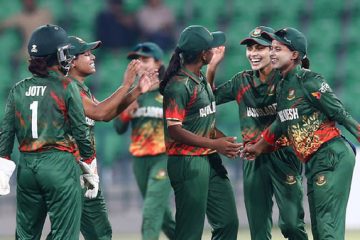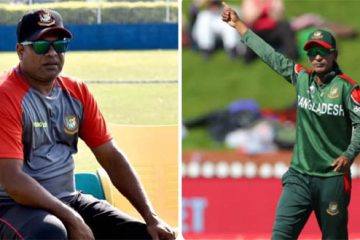Having seen the Bangladesh women’s cricket team fight neck and neck against the likes of South Africa and Ireland in recent times, the common spectator would ideally feel that the ‘Bangladeshi Eves’ are in good hands and that they might even break into the elite group of cricketing nations in the coming years.
A mere glance at their performance in the last couple of series, especially in the T20 format, displays decent potential. Players such as Salma Khatun and Ayesha Rahman have steadily improved their game and time and again have proved their calibre on the field. The difficult part, however, begins at this point. Converting potential to skill depends upon a number of factors and the most important of them is the financial aspect.
Currently, there are 16 players who are under the Bangladesh Cricket Board’s (BCB) contract, with players in the highest group — Grade A — earning a paltry sum of Tk 12,000 (146 US dollars) a month. Salma Khatun, Rumana Ahmed, Ayesha Rahman (Suktara) and Lata Mondol are the only players in this grade. Cricketers in Grade B and Grade C earn Tk 10,000 (122 dollars) and Tk 8,000 (97 dollars) respectively.
Reports from the BCB state that three cricketers were initially given contracts in 2008. The number rose to 12 the following year with players in the highest group allotted a monthly sum of Tk 10,000. Ever since then the salary structure has only seen an increment of Tk 2000 in each grade.
Players often hope to earn extra during tournaments, but a ‘tournament fee’ or ‘match fee’ is not a certainty. The ongoing series between South Africa and Bangladesh for instance, according to BCB officials, does not include a match fee.
“Players are assessed based on their performance and then they are either given contracts, promoted or demoted,” said Abdullah Al Fuad Redwan, chairman of the women’s wing of the BCB. “We are planning to bring four more players under contracts in the next fiscal year,” he added.
Officials from the BCB have often stated that the women’s team, like their male compatriots, will gradually mould into a more competitive unit. However, if the national cricketers fail to earn their most basic livelihood through their profession, one wonders if that prediction will ever come true.
“It would have been good if we got paid more. We would be a lot more enthusiastic. As of now we all want to improve our performance so that we can get paid more in the future,” said Salma Khatun.
This is perhaps the ideal moment for the BCB to reverse their concept. Instead of asking its players to improve their performance in hopes of a better salary structure, the BCB should encourage women to get into the sport by increasing the wages. This will not only make the players more eager to perform but will also create a bigger pipeline of cricketers, which in turn will increase competition for places in the national team and therefore improve performance.
It won’t be entirely wrong to state that women’s cricket in Bangladesh today is at a crossroads. One only hopes that the BCB realises this and takes the right path.
-With The Daily Star input





